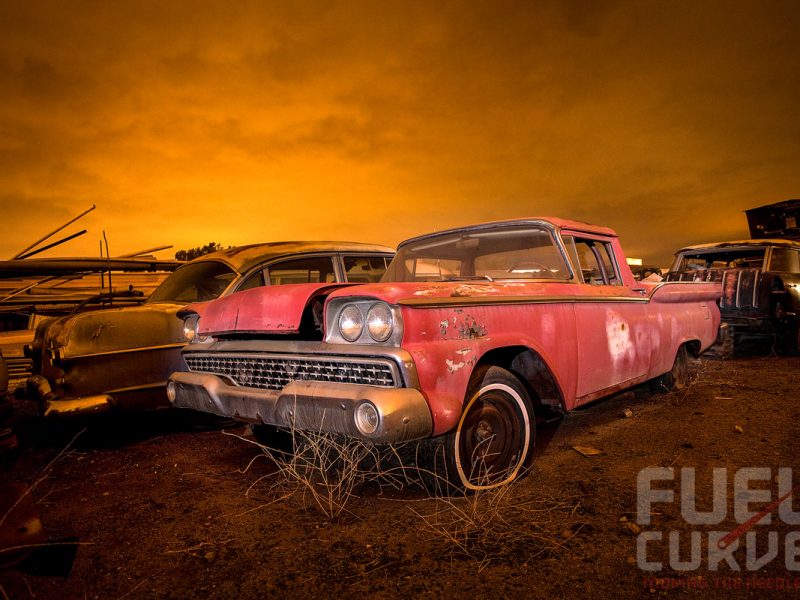Keep on Truckin’ Part 1 – Ghost Trucks from the Turn of the Century
Editor’s Note: About This Truck Series
Our friend and trusted agent Mike Harrington has spent years wandering the deserts of the southwest camping, snake charming, and eating campfire beans but mostly shooting iconic photographs of forgotten/rusted out ghost trucks and cars from bygone eras. In 2011, he published “Rusty Pickups” – a herculean hardcover book project in which he spent countless hours documenting America’s pre- and postwar truck production, including extremely rare magazine ad campaigns that he shares with us in this series of articles. You simply won’t see this material anywhere else. Not only are the photographs beautiful and the ads intriguing, they offer a glimpse into what American manufacturing and marketing looked like decades ago from the turn of the 20th century, the War Years and through the Golden years of the 1950s and ‘60s.
A new century was dawning and mankind’s technology was evolving at a rapid pace. Scarcely had the idea of the internal combustion engine been refined when some enterprising minds adapted these engines to their wagons and buggies. Credit goes to the German, Karl Benz, who in 1888 is credited for the first production automobile. Just a few years later in 1896 fellow German citizen, Gottlieb Daimler is credited with the building of the first pick-up truck.
As the production of refined fossil fuels in America increased and became widely available, so too did the production of the horseless carriage. At first, this new specialty produced horseless wagons closely resembled the humble buckboard in appearance. Wood and canvas buckboards eventually evolved into tin and glass constructs that became the modern pick-up truck.

As the 1920s melted into the decade of the 1930s, things came to a screeching halt as the U.S. economy collapsed. Still, in 1931, Chevrolet had finally managed to outsell Ford for three years running. In response to its slumping sales, Ford developed and introduced its now legendary Flathead V-8 engine – an engine that was decades ahead of its time. The years of 1932 and ’33 were the worst years of the Great Depression, yet companies like Ford, Chevrolet, Dodge, and International were still selling trucks (though not as many as they would have liked) to the American public. Many of the smaller car and truck manufacturers didn’t fare as well as the big Detroit guys, and this turbulent decade would become their swan song.
By the late 1930s, cars and trucks had undergone some tremendous styling changes. At the beginning of the decade, the truck design was about as aerodynamic as a crate of tomatoes. By the end of the decade, the auto designers had taken many steps forward in design aesthetics and streamlining. Grills and fenders became more rounded and laid back; windshields followed the same flow pattern and design as well. Trucks not only looked faster, they were faster and safer too. Despite the impotent economy, things were changing. The photos in this section document the evolution in trucks from the teens up through the 30s.
[foogallery id=”6900″]




